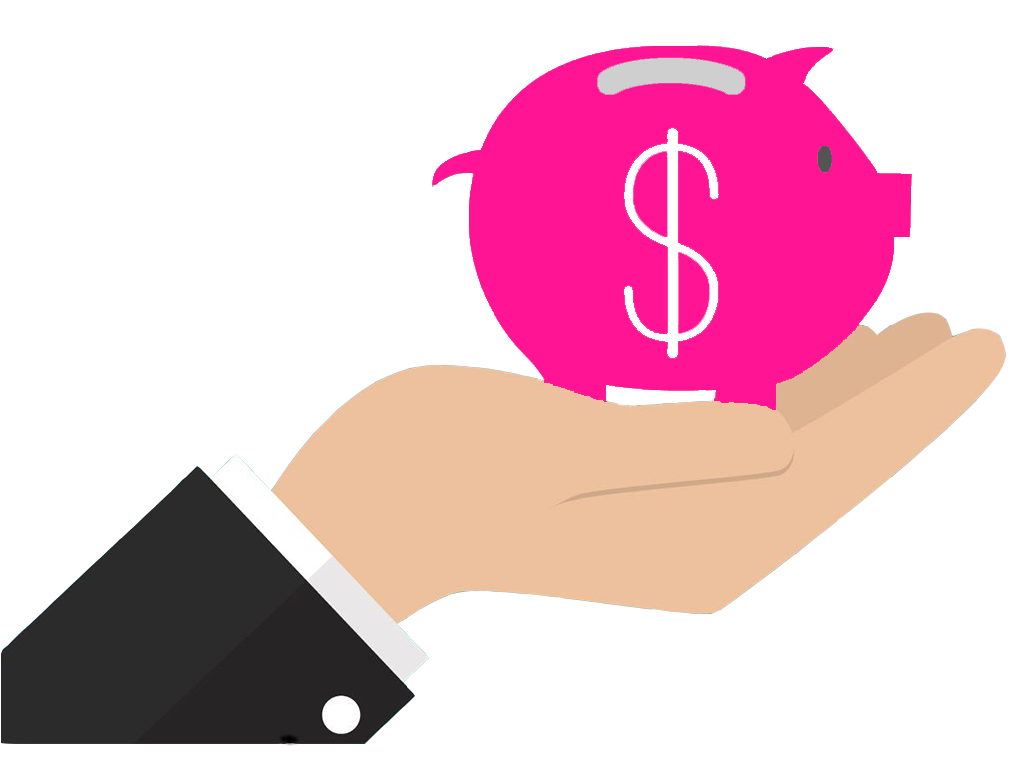HOME PURCHASE
HOW TO BUY A HOME
Apply for a home loan
Connect with a realtor
Find your dream home
Learn How To Buy a Home Without Breaking the Bank
You’ll want to start the home buying process with getting pre-qualified from a lender. You can complete an online 5-minute eligibility form here. The information you enter is not sold to any third parties. An approved lender will contact you after reviewing your application, providing a free consultation. Together they will review your income, assets and credit and inform you of the best loan products available for your situation
A good lending professional will inform you of all your options. There are many diverse programs available that suit a vast range of individuals. Some programs include zero down payment, first-time homebuyer assistance, rent-to-own, etc. Going through a broker as opposed to a big bank on your mortgage loan will typically save you a few thousand dollars. Banks do not provide down payment assistance loan products because they are considered high risk. Big banks have a large hold on the market and thus do not feel the need to save their clients money through these programs.
Buying a home can seem like an impossible task. We’ve helped 1000’s of clients purchase homes and we’ve perfected the process.
Not sure how much you’re qualified for?
It’s okay. We’ll figure that out for you.
Before you start the home search process, you’ll want to know how much you’re qualified to recieve from a lender. After you complete our five minute pre-approval application a mortgage professional will give you a call to go over all your options.
Having an Experienced Realtor is Important
After receiving pre-approval from the lender, you’ll want to contact a realtor about finding a home. Often times the lender will have realtors they can refer you to. It’s beneficial to use a lender’s preferred realtor as they have likely worked together closely in the past with clients. A good relationship between the lender and realtor, will often times allow for a smoother home buying process. This is because they have a rapport with each other and are committed to exceeding expectations of the client in order to forge a greater working relationship. Essentially you would have your lender and realtor tag-teaming the process, since they’re familiar with each other’s work styles, they’ll know exactly the route to take that is most efficient.
Most mortgage professionals would not recommend using friends and family that may be licensed as your realtor, as it’s often times considered a liability. It’s important to have an experienced full-time realtor on your side because they know what is customary for the market. For example, in some areas, it’s traditional for the seller to pay your closing costs.
When you are initially connected with a realtor you’ll want to go over your “must haves”. These will typically include things like the neighborhood of the home you’re looking to buy, whether it has a pool or garage, bedroom count, etc. Your realtor will create a portfolio of available homes on the market with these criteria. Then together you and your realtor will start to look at potential homes for you to purchase.


The Fun Part: Time to Find Your Dream Home
The property market is determined by supply and demand of real estate, which then dictates whether it is currently a Buyers or a Sellers market. Currently in Arizona, the real estate market is in favor of the seller, meaning the demand for a home is higher. This is important because in a “Sellers” market homes are sold promptly because of the demand. You’ll want to move quickly because of this demand. Be prepared to make an offer on any homes you view. If you like a home and are interested in making an offer, it’s likely another potential buyer is as well.
Your realtor should help you negotiate any clauses in your written offer. Such as “the purchase contract is contingent on the home passing an inspection”. At that point, if you are unhappy with anything you can cancel the contract, or further negotiate the price based on repairs necessary. Once an offer is accepted by the seller the contact is sent to the lender.
Underwriting and Appraisal
The value of the home is established by an appraiser. This is different from a home inspector who usually acts in the interest of the home buyer to ensure there are no major problems with the home you’re purchasing. The Appraiser, although hired by the lender, should act separate from all parties involved. Their sole responsibility is to establish an accurate value of the home, they act in the bank’s interest to ensure the loan value is appropriate for the purchase.
Once the appraisal comes back your file is sent back to underwriting for final approval. After your offer is accepted your file is sent for underwriting. This is the first submission. Underwriters will comb through your documents initially provided to determine if the risk of offering a mortgage loan to you is acceptable. Your broker’s pre-qualification was a quick look into your credit history and financials to estimate your likelihood of being approved for the loan and amount.
The underwriter’s job is to determine your capacity to repay the loan and make payments on time. Underwriters tend to follow the “Three C’s” below.
Character
- Credit Score
- Foreclosures, bankruptcies, liens and/or judgments
- Mortgage delinquencies
- Credit accounts: type, age, limits, usage and status of revolving accounts
- Borrower’s request for new credit in last 12 months
Capacity
- Debt ratios: Qualifying monthly housing expense-to-income ratio or monthly debt payment-to-income ratio
- Salaried versus self-employed borrower
- Cash reserves
- Number of borrowers
- Loan Characteristics
Collateral
- Borrower’s total equity or down payment
- Property type: a 1-unit or 2- to 4- unit detached property, Condominium Unit or Manufactured Home
- Property use: Primary Residence, Second Home or Investment Property

Your Loan is Approved
Achieving final approval from underwriting is a big deal! Congratulations. You’ve almost got the keys, you just have a few more steps. Your lender will typically do what’s called a ‘quality control check’, which is a final review of your documents, a soft pull of your credit and verifying your employment one last time. Before closing, the lender may require you to provide a copy of a homeowner’s insurance policy for the property, flood insurance and title insurance. You may also be required to submit an inspection report and a survey report of the property which explains the boundary lines, easements and encroachments along the boundary lines.
Afterwards, you’ll receive your closing documents. Included is your closing disclosure, a five-page form that provides final details about your mortgage loan. It includes the loan terms, your projected monthly payment and your closing costs. You’ll bring in your cash to close and sign your final documents at the Title Company. The title of the home is switched over to your name and keys are exchanged.
Questions?
Have any questions about the process of buying a home,
feel free to email us.
